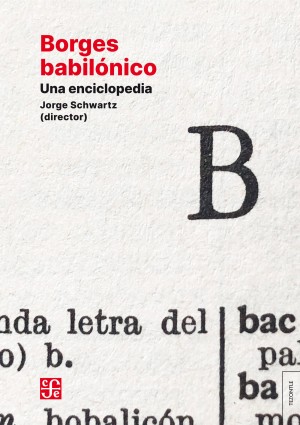Natural and mythical history of elephants
The major turning point in the natural and moral history of the elephant came in the eighteenth century. Georg Christoph Petri’s Elephantographia curiosa, published in Erfurt in 1715 and reissued in an expanded edition in 1723, provides an encyclopaedic rendering of our quadruped’s symbolic life. The book’s illustrated frontispiece is in fact the iconographic epitome of the cultural traditions regarding the elephant since Antiquity. Six cartouches surround the title and author’s name. The four corner cartouches display the figure of a pachyderm in different postures. The top left portrays the elephant as warrior, with its castle full of soldiers from around the world: a trumpeter wearing an ancient helmet, an archer wearing a turban and so on. Its mahout is an Indian, but from the West Indies, as he is naked and crowned by a tiara of feathers (a striking detail). The motto reads: ‘Magnos magna decent’ (Great things befit the great). The top right cartouche depicts an elephant fighting with a dragon, its eternal enemy in most sources from Pliny onwards (in the Christian Middle Ages, this mutual hatred received a religious interpretation, identifying the elephant and Christ in a fight against the Devil). Here the pachyderm seems to be the victor, although the motto refers instead to the tradition whereby the elephant and its enemy both die in combat ‘Aut mors aut vita decora’, (Decorum in death and in life). The third cartouche shows the animal in the act of raising its trunk to worship the moon. The motto ‘Pura placent superis’ (Pure things please the gods) underlines the greatness of soul characterising the pious beast. The bottom-right cartouche shows an elephant stroking a flock of sheep with its trunk. ‘Mansuetis grandia cedunt’ (The great yield to the tame) is the didascalia that sums up the magnanimity and goodness of the giant. Two final emblems surround the title of the work in the centre of the frontispiece. The first is a tribute to a being unscathed in the face of adversity, a laurel tree withstanding lightning bolts: ‘Manet integrates Laurus’ (The laurel remains upstanding). The second emblem is a kind of talisman: five snakes writhe around the trunk and roots of a palm tree. The motto underlines the physical and moral resistance of its subject: ‘Nec hydra nocebit’ (The hydra shall not harm it). This engraving, as well as others illustrating the rest of the work, were executed by Tobias J. Hildebrandt, a portrait painter active in Leipzig at the turn of the eighteenth century (Thieme-Becker, XVII, 81). The images clearly come from prints rather than from direct observation of the animal. In fact, several plates from Petri’s book reproduce those printed by De Bry’s editing house in their Petits voyages. But it is easy to see that almost all of them are related to the usual iconography, especially looking at the postures of the trunk, the roughness of the leg skin and the outlines of the ears, which remain very close to portraits of the pachyderm in natural history and zoology books published between the Renaissance and the late seventeenth century. The engraver, an expert in etching, was Jacob Petrus, a master from Erfurt alive in the same period as the book (Thieme-Becker, XXVI, 505). In the book’s dedication to Lothar Franz von Schönborn, Archbishop Prince of Mainz and Elector of the Holy Empire, Petri insists on drawing the same profile of the elephant we deciphered on the frontispiece. He says that, despite its horrible appearance, the trinitarian Creator granted it ‘great and distinguished gifts that place it among the most outstanding creatures by right and merit.’ Admirable in the elephant are its ‘docility, meekness, obedience, probity, equity, sagacity, modesty, fidelity to the Lord, chastity, temperance, skill in many practices, fitness for both war and economic uses, the pre-eminence of its ivory, which impresses doctors, and many other most dignified things cited by the great classical authors, historians, nature scientists and doctors.’ The preface opens with the same praises of the ‘largest of the quadrupeds, an inhabitant of Asia and Africa, a pilgrim among Europeans and Americans, an unbrutish brute, an admirable animal’. Divine wisdom produced this animal as a ‘complement to the universe so that the greatest glory of God’s name would emerge, and mortals would model themselves on the immense beast.’ At the same time, the human race must thank the Creator for the power invested in him to dominate a beast so much larger than himself and capable of filling him with ‘fear and terror’.




